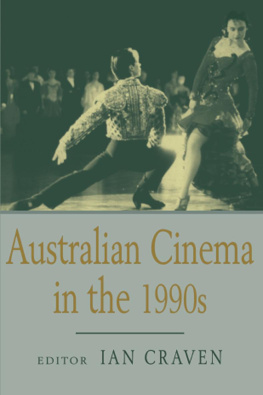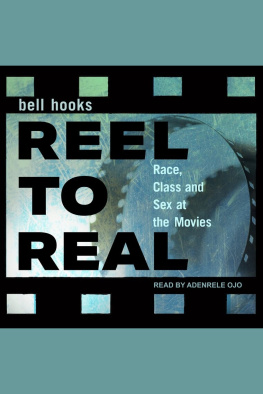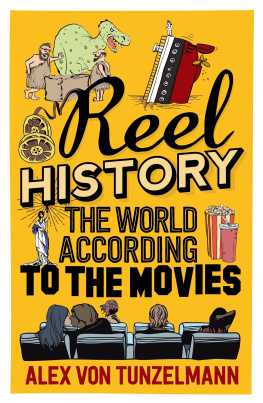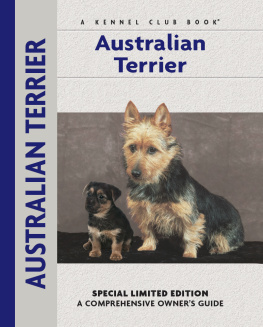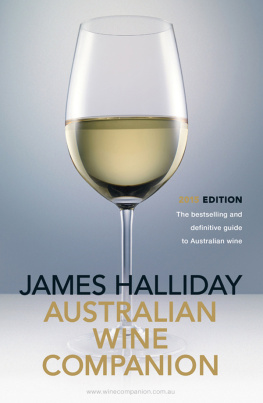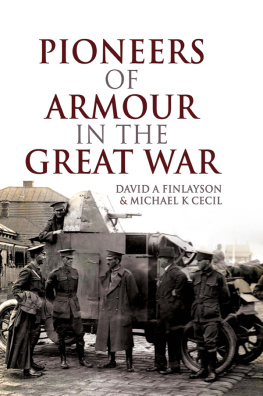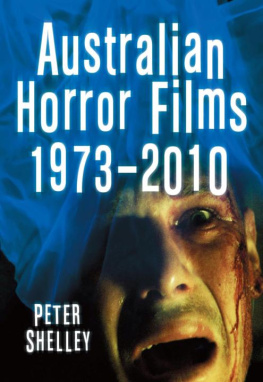Reel Men
Reel Men
Australian Masculinity in the Movies, 19491962
Chelsea Barnett

MELBOURNE UNIVERSITY PUBLISHING
An imprint of Melbourne University Publishing Limited
Level 1, 715 Swanston Street, Carlton, Victoria 3053, Australia
www.mup.com.au

First published 2019
Text Chelsea Barnett 2019
Design and typography Melbourne University Publishing Limited, 2019
This book is copyright. Apart from any use permitted under the Copyright Act 1968 and subsequent amendments, no part may be reproduced, stored in a retrieval system or transmitted by any means or process whatsoever without the prior written permission of the publishers.
Every attempt has been made to locate the copyright holders for material quoted in this book. Any person or organisation that may have been overlooked or misattributed may contact the publisher.
Text design by Phil Campbell
Cover design by Phil Campbell
Typeset by J&M Typesetting
Printed in Australia by OPUS Group

9780522872477 (paperback)
9780522874990 (hardback)
9780522872484 (ebook)
Contents
Acknowledgements
This book began life as a doctoral thesis, and so has been on my mind for a very long time. As it comes into the world in this form, Im reminded of how many wonderful people have played some role in helping me bring it to life. I completed my PhD in the Department of Modern History, Politics and International Relations at Macquarie University; a more collegial, supportive and stimulating environment I cannot imagine. Particular thanks go to Michelle Arrow, Jumana Bayeh, Kate Fullagar and Clare Monagle for their professional and emotional support over the past few years. I would also like to thank my examiners, Joy Damousi, Christina Twomey and Sarah Pinto, for their generous engagement with my thesis, and their ongoing advice and support in the years that have followed. It is a joy to have three scholars of their calibre not only read and critique my work, but to also offer advice, help, and guidance so openly and freely.
That the years following doctoral research can be a difficult terrain to navigate is no secret, and I am very grateful to the MHPIR staff for giving me whatever work they could: in addition to those named above, I also say thank you to Matt Bailey and Tanya Evans. As well as offering me employment, Cameron Logan and Jordy Silverstein gave kind words of support and encouragement; Id also like to thank Clare Corbould for her advice and guidance.
The research for this book unfolded in various places, and would not have been possible without the help, patience and hard work of the staff at the National Film and Sound Archive, the AFI Research Collection at RMIT, the National Library of Australia, the State Libraries of NSW and Victoria, and Macquarie University Library. I also say a huge thank you to the staff at Melbourne University Publishing, particularly Catherine McInnis for her help and patience, and Mel Campbell for her copyediting work.
My lovely friends deserve more praise and thanks than I can possibly say. To Halie Edmonds, Emma Gleadhill, Lancey Morris, Matt Wainscott and Cheryl Ware, I am grateful to all of you for putting up with me and my anxious ramblings. I also want to acknowledge my brothers and sisters, especially my sister Whitney, who came up with the title of the book, and Helen Campbell, for her unstinting encouragement. The beautiful, ever-growing next generation of our family, my nieces and nephews, didnt really help in any practical waybut they made me laugh when I needed it most, which is perhaps more important.
Finally, I would like to thank four very important people. Robert Reynolds and Leigh Boucher continue to help, support, guide and challenge me in ways that go well beyond the obligations of supervisors and mentors. I am exceptionally grateful for everything they do and give intellectually, professionally and emotionally, but above all for their friendship. My parents, Sue-Ann and Norman Barnett, probably wondered (more than once) why I was doing what I was doing, yet they continued to provide unconditional financial and emotional support. I am lucky to be their daughter.
To these four people, I dedicate this book. I simply could not have done it without them.
Introduction
In the 1957 film The Shiralee, Jim Mac Macauley is locked in a battle with his estranged wife Marge over custody of Buster, their young daughter. The division between husband and wife is fierce and bitter, and their mutual hostility plays out as each fights to keep Buster in their care. For months, Buster has accompanied her swagman father on his travels around Australia, looking for work to finance his movements from one small country town to the next. Mac wishes to retain care of Buster, and Marge wants to take the girl back to Sydney, yet both are primarily motivated by spite towards the other. Although separated for much of the film, the pair are briefly reunited and, in the midst of flinging cruel barbs between them, Marge says something to her husband that particularly stings. You think the life you leads fit for a kid? she spits with contempt. You make me sick. Its a dogs life, even the kid herself would tell you. Mac startles; Marge has struck a nerve, her reproof clearly hitting at a deep-seated fear.
While the conflict between Mac and Marge unfolds throughout The Shiralee, this scene is particularly revealing. Mac is so affected by Marges words because she makes a good pointthe swagmans life, lived on the open road and with no permanent address, is a far cry from the contemporary Australian suburban frontier that was politically, socially and culturally advocated as the best and most suitable place in which to raise a child. Yet the film makes clear that Mac, like the other nomadic swaggies of his ilk, feels ill at ease in Australias cities and suburbs. And so Mac is caught between expectations of what it meant to be a swagman and what it meant to be a proper father in the Australian fifties: he cannot keep Buster with him on the road, and he does not wish to live with her somewhere in the nations suburbs, yet he is unwilling to relinquish custody of his daughter to his estranged wife. What, then, is Mac going to do? The Shiralee is an interesting example of Australian cultural life in the fifties precisely because it represents Mac as being caught in a situation without a clear-cut solution. By extension, the film suggests that there was, in fact, no solution to the tension between these two models of masculinity: the single swagman and the suburban father.
Reel Men is primarily interested in the sorts of cultural tensions around masculinity that films like The Shiralee acknowledged. Of course, not all films in the Australian postwar cultural landscape reached the same unresolved conclusion as The Shiralee. Yet in arriving at a narrative conclusionor in attempting tothese films were not just negotiating between different, and competing, understandings of masculinity, but were saying something about an imagined Australian manhood. And indeed, what emerges in Reel Men is a sense of contradiction: a sense of unanswered and even unanswerable questions, and a sense of uncertainty about what it meant to be an Australian man in the fifties.
Next page


